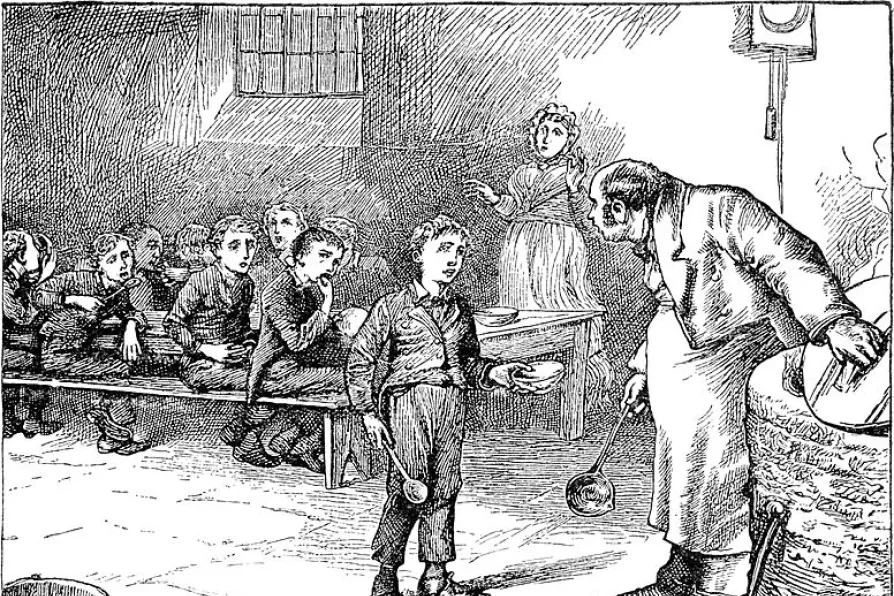SOLOMON HUGHES finds the government went along with a US scheme to distract from Israel’s lethal Gaza blockade with an impractical floating pier scheme – though its own officials knew it wouldn’t work

 Oliver Twist asks for more
[Public Domain]
Oliver Twist asks for more
[Public Domain]
IT MAY surprise readers, but the workhouse, the grim symbol of Dickensian misery, was only finally abolished in 1930, with some locally controlled establishments still receiving “clients” until 1948.
There’s a fair few of these buildings still surviving (obviously for other usage); so, at this merry time of year, let’s have a look at the history of the workhouse — and those Tories who have unsurprisingly expressed a keen desire to see them return.
“And the Union workhouses,” demanded Scrooge. "Are they still in operation?"
“Both very busy, sir…”
“Those who are badly off must go there.”
“Many can’t go there; and many would rather die.”
“If they would rather die,” said Scrooge, “they had better do it, and decrease the surplus population.”
A Christmas Carol by Charles Dickens (1843)














